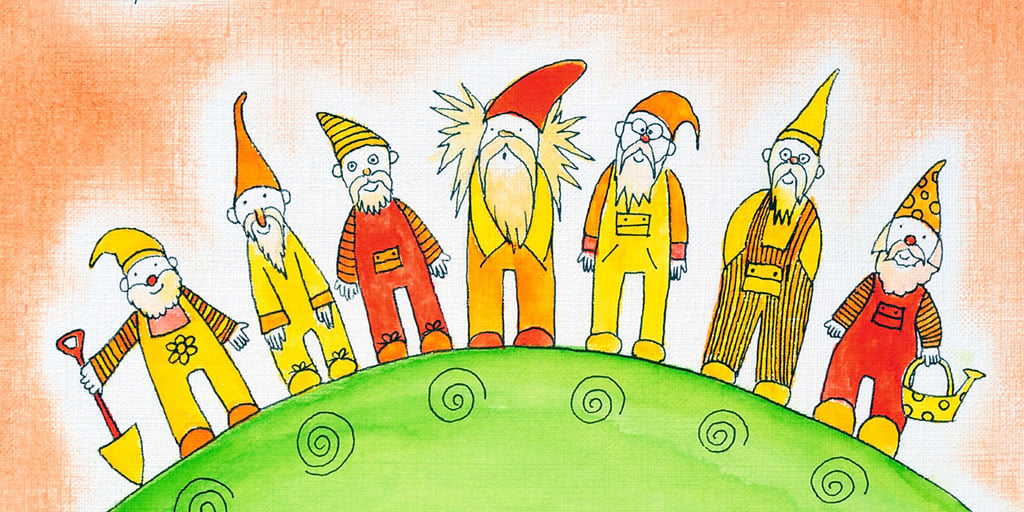
Every classroom has its handful of personalities that make it memorable and distinct—this makes teaching both fun and frustrating at the same time. All of these students add flavor to the classroom, but at times, they may need help or encouragement to mature in one area or another.
As we emphasize a growth mindset in the classroom, we can help to support them in this. A student who lacks leadership skills may need to be encouraged to voice their opinion, or a student who is overly competitive may need help to learn how to be a good sport when losing.
Here is an approach to our students that we work with every day that helps us to relate to a few of these “stereotypical” types of kids. Keep in mind that this isn’t intended to make fun of any student, but to acknowledge that we all have areas of growth. We don’t want to just “be annoyed” by excessive sneezing, grouchiness, or shyness—these can be warning signs of other issues that we should keep an eye on. Most of the time though, these small quirks from our students become endearing over time.
Read through the list and see if you recognize any current or former students who would qualify as one of the Seven Dwarfs:
Bashful: This student struggles to make eye contact, speak loudly, and may even jump at his own shadow. The bashful student is usually easy to manage in the classroom, but they can also be hard to engage. The area of growth for this student is pretty clear: Developing comfort with social skills in the classroom. It’s important for this student to learn assertiveness and body language that can convey confidence.
Grumpy: We shouldn’t confuse the grumpy student with a depressed or anxious student—these are very different things. When I say grumpy, I’m talking more about those who are pessimistic and negative. This student complains when outdoor recess is too hot, too cold, too windy, not windy enough, or if they have to stay inside for indoor recess. This student can grow by finding the good in situations, and naming positive traits about something or someone can help to cultivate this mindset.
Sleepy: Head down, eyes drooping, and lethargic, this student could use a nap most days. There is a chance that the student isn’t getting his or her basic needs met, so this is one to keep an eye on. However, if it is just a matter of too much Fortnite the night before, that is another story. This student may need to stand or take frequent breaks. An area of growth could be a bedtime or morning routine plan.
Sneezy: This student probably has the box of tissues already on his or her desk and is always sneezing. Again, it can be something to keep an eye on (I have been in schools with mold issues before that cause this), but sometimes is just a student who sneezes easily. There is also a good chance the sneeze is highly distracting—the classroom “Sneezy” wouldn’t have it any other way!
Doc: This student, though highly compassionate, tends to “mother” the other students all of the time (the term “mother” can work for both boys and girls in this situation). If ever there is a twisted ankle on the playground, you know that “Doc” will be there to help the student limp into the nurse’s office. Doc is highly compassionate, which is good, but may need to grow in the area of knowing limitations. Students are not always helpful when giving attention to other students for small things, so Doc should learn what is a “big deal” and needs help versus what can be ignored.
Happy: There is nothing wrong with a happy student in the classroom, right? Probably so, but at times, the area of growth for “Happy” is to be able to empathize with students who feel stress or negative emotions. Some students who are naturally optimistic and jovial have a hard time relating to anyone who is not the same.
Dopey: We won’t call any students "Dopey" because all kids can learn and grow!
There are many other lists of dwarves, and therefore many other types of personalities of students that we see on a daily basis. The point being that this list isn’t comprehensive, rather it is more of a sampling of different types of kids who each have strengths and areas for improvement. From the Kleenex box next to Sneezy to the bandage-pushing Doc, we develop a love and care for all our kids—even those who need the most support.
Looking for more classroom tips and education trends as you ease into the school year? Be sure to subscribe to our Educator blog.



